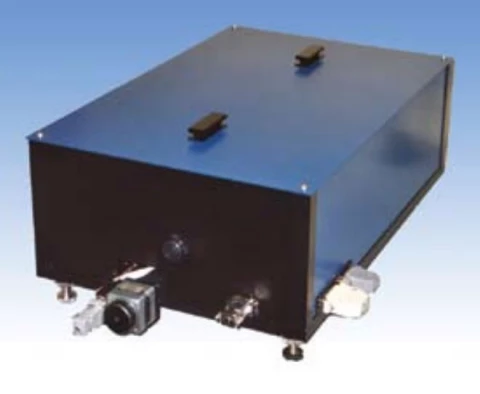Description
Discover the exceptional capabilities of our cutting-edge third-order cross-correlator, meticulously engineered to deliver precise measurements of output parameters from ultrafast laser systems. This advanced instrument is designed to evaluate the contrast ratio of laser pulses, identify pulse pedestals, and detect pre- and post-pulses as well as amplified spontaneous emission in femtosecond systems. It excels in providing detailed insights into the third-order cross-correlation function of pulse intensity on a femtosecond scale, making it an indispensable tool for aligning high-power femtosecond lasers.
The operational mechanism involves converting a portion of the input pulse into the second harmonic (SH) using a nonlinear crystal. A dichroic mirror then separates the SH from the fundamental, directing them into two distinct arms of the cross-correlator. The fundamental beam arm incorporates a retro reflector and a delay-line, which, after processing, recombines with the SH in a DKDP or BBO crystal, depending on the input pulse wavelength. This process results in non-collinear third harmonic generation (TH). By filtering out the fundamental and SH frequencies, the TH is isolated, allowing for precise measurement of the third-order cross-correlation function based on the optical delay between the fundamental and SH pulses.
The cross-correlator is expertly crafted to assess the complete range of outputs from amplified femtosecond laser systems. It offers high temporal resolution over an extended window, close to 1 ns, revealing pulse features typically overlooked. This comprehensive analysis provides users with a detailed and complete picture of the quality and stability of their femtosecond laser system's output pulse parameters.
Our cross-correlator system includes an opto-mechanical assembly and electronics that connect via a USB interface to a PC, ensuring ease of operation. It comes equipped with a full suite of user-friendly software tools for efficient data collection and analysis, making it an ideal choice for both novice and experienced users seeking to enhance their laser system's performance.
Rincon Cross-Correlator Pulse Profiling System
Specifications
| Device Type: | Autocorrelator |
|---|---|
| Measurable Pulse Width: | 20 – 20000 fs |
| Wavelength Range: | 800 – 1250 nm |
| Input Polarization: | Horizontal |
| Input Pulse Repetition Rate: | < 3 kHz |
| Temporal Range: | 950 ps |
| Resolution: | 70 fs |
Features
- Wide Wavelength Range: Operates effectively between 800-1250 nm, accommodating a variety of femtosecond laser systems.
- High Temporal Resolution: Offers a resolution of 70 fs, allowing for detailed analysis of pulse characteristics.
- Extensive Temporal Range: Covers a temporal range of 950 ps, providing a comprehensive view of pulse features.
- Dynamic Range: Features a dynamic range of 1010, ensuring accurate measurements across different pulse intensities.
- Pulse Width Compatibility: Suitable for pulse widths greater than 20 fs, adaptable to various laser outputs.
- Low Input Power Requirement: Operates with input power less than 300 mW, making it energy-efficient.
- Easy Integration and Operation: Comes with a USB interface for PC connection and user-friendly software for data collection and analysis.
- Comprehensive Measurement Capabilities: Measures contrast ratio, pulse pedestal, pre- and post-pulses, and amplified spontaneous emission.
- Compact and Durable Design: Optical unit dimensions are 430 mm x 333 mm x 155 mm, and control unit dimensions are 280 mm x 195 mm x 70 mm.
- Standard Electric Power: Requires 220 V AC, 50/60 Hz ± 10% for operation, compatible with standard power supplies.
- Advanced Pulse Profiling: Provides third-order cross-correlation function measurements for a detailed analysis of femtosecond laser pulses.
- Alignment Assistance: Aids in the alignment of high-power femtosecond lasers through precise cross-correlation measurements.
Applications
- Contrast Ratio of Laser Pulses: Measure the contrast ratio to evaluate the quality of laser pulses.
- Pulse Pedestal Determination: Identify and measure the pulse pedestal for detailed pulse analysis.
- Pre- and Post-Pulses Detection: Detect and analyze pre- and post-pulses in the laser output.
- Amplified Spontaneous Emission (ASE) Analysis: Measure ASE levels in femtosecond laser systems.
- Third-Order Cross-Correlation Function: Examine the third-order cross-correlation function of pulse intensity on a femtosecond scale.
- High Power Laser Alignment: Use the cross-correlator for precise alignment of high power femtosecond lasers.
- Temporal Resolution: Achieve high temporal resolution over a long range to capture pulse features.
- Detailed Pulse Quality Assessment: Obtain a complete picture of the quality and stability of output pulse parameters.
- Easy Operation and Data Analysis: Utilize user-friendly software tools for data collection and analysis via USB interface.
Frequently Asked Questions
What is the Rincon Cross-Correlator Pulse Profiling System used for?
How does the Rincon Cross-Correlator Pulse Profiling System work?
What information does the Rincon Cross-Correlator Pulse Profiling System provide?
What is the temporal resolution of the Rincon Cross-Correlator Pulse Profiling System?
Is the Rincon Cross-Correlator Pulse Profiling System easy to operate?
Similar Products
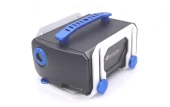
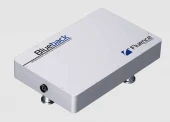
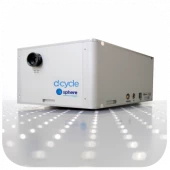
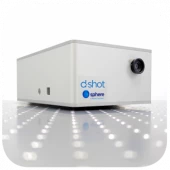
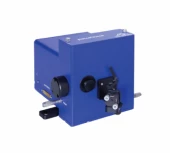
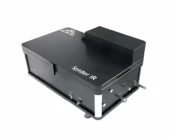
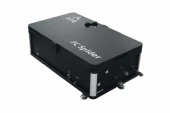
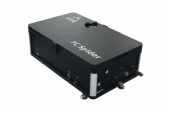

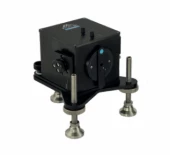
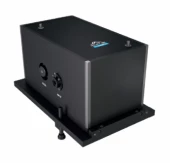
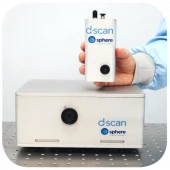
Your inquiry has been received.
Create an account by adding a password
Why create an account?
- Auto-complete inquiry forms
- View and manage all your past messages
- Save products to your favorites
- Close your account anytime — no hassle

